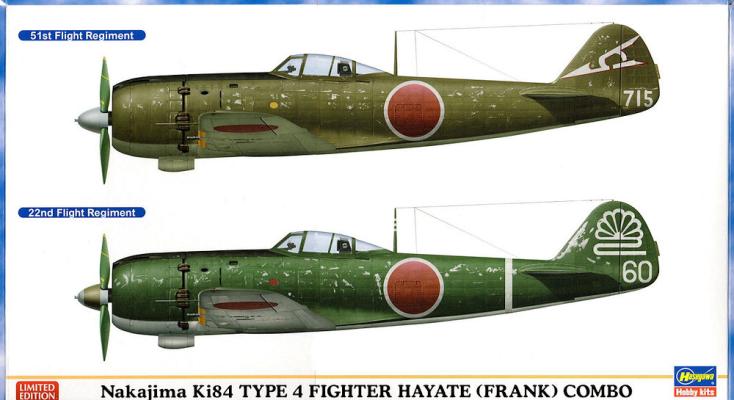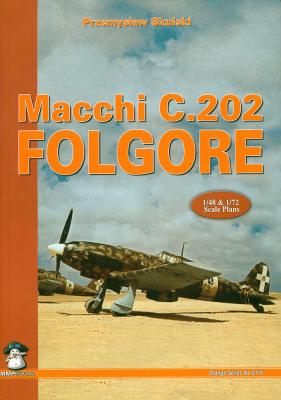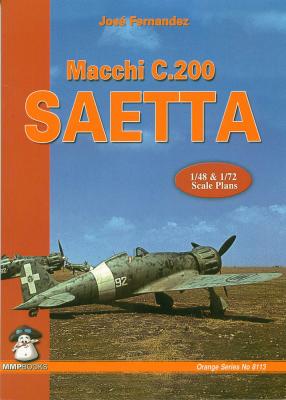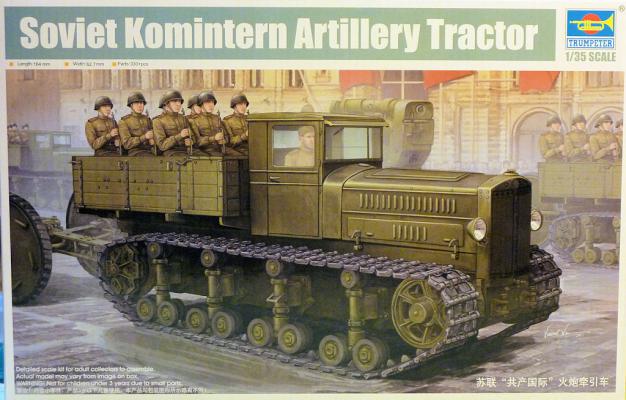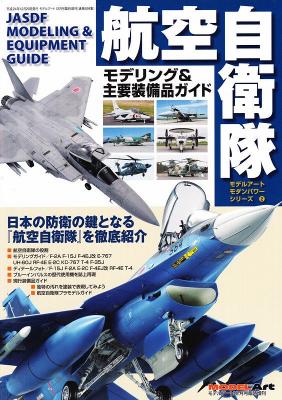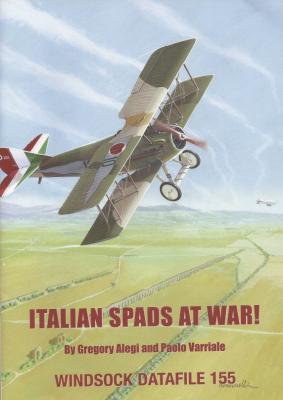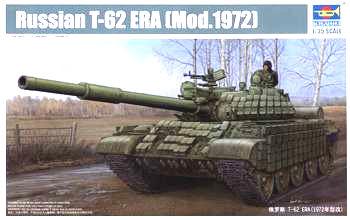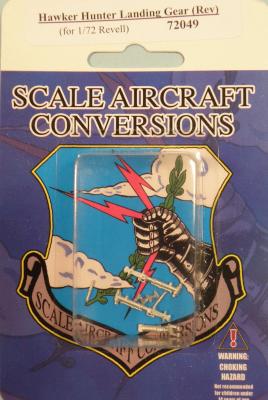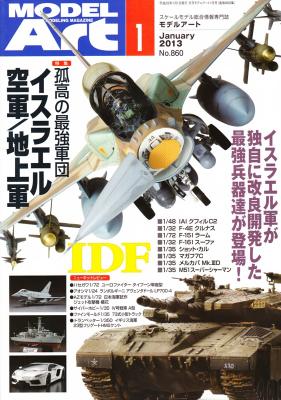“Forget it, it’s a Frank.” This phrase from the old Famous Fighters series comes to my mind whenever I think about the Ki-84. It is attributed to allied airmen who watched radar screens to find Japanese aircraft that may be potential targets. It meant that the very high performance Frank would be equal or better than the allied aircraft and would not be an easy target. The Nakajima Ki-84 Hayate (Gale) was the culmination of a line of fighter aircraft initiated by Nakajima in 1935 with the Ki-27 Nate and followed by the Ki-43 Hayabusa. The Ki-84 possessed a more powerful engine and was extremely sturdy and possessed good firepower and protection for both the pilots and the fuel tanks. On the down side, the Hayate was beset with problems with hydraulic and fuel pressure systems, brakes, landing gear struts, and a slipping of quality control during manufacture. Fortunately for the allies, the Hayate was never produced in the quantities required by the Japanese Army.
Reviews
From the pages of Marvel Comics to the arenas and stadiums of North America, the Incredible Hulk has certainly made a brutish and unruly impression upon the imaginations of youngsters and adults for generations. It is also the subject of Round2’s recent release under the AMT brand of this popular monster truck with an equally-popular monster/superhero theme.
Another installment in the AMT brand’s popular Snap-It series, this green monster of a truck is molded in green, purple, and chrome-plated plastic with black vinyl tires, and includes peel-and-stick decals. No clear parts are provided.
Build is quick and easy, as 7-year old Camden slammed this thing out in no time – even before Dad could get pics of the box contents! Instructions are clear and easy to follow, and snap features are fairly well engineered, requiring minimal parental assistance to squeeze some of the more trying fits.
This book in the Orange Series from MMP describes the Italian WWII Macchi C.202 Folgore, or MC.202. This is the expanded second edition of this title, and contains some new information not in the first printing.
The MC.202 is probably the most famous and recognizable Italian fighter of WWII. The aircraft was used in combat from its introduction in 1941 through the end of hostilities. It served with the Italian Air Force (Regia Aeronautica) and also with the German Luftwaffe, as well as a few other countries. This book mainly deals with the fighter in Italian service but does include a small section on the aircraft’s use with other countries.
This book in the Orange Series from MMP describes the Italian WWII Macchi C.200 Saetta, or MC.200. The Saetta was a fighter aircraft built in Italy and flown by the Regia Aeronautica during WWII. The C.200 was well loved by its pilots for its excellent maneuverability, and the design was the basis for the later C.202 and C.205 fighters.
This excellent book covers all aspects of the MC.200’s design, development, and operational use of this fighter. Included within is a wealth of information for the plastic modeler, as well as the general aviation historian. All text in the book is in English.
The model consists of 8 grey sprues, 10 brown sprues (indi track links), 1 clear sprue, and a small decal sheet containing 4 small dials for the dashboard. The bottom hull, hood/grill, and main cab come as individual parts.
The instructions are clearly drawn and consist of eight pages with eight steps, plus a parts map. There is also a color profile sheet.
The molding is crisp and free of flash, pin marks, and sink marks. The model is very well detailed and engineered, and the fit is extremely good throughout.
The cab has steering levers, gearshift, and hand brake. However, they are on the left hand side and should be on the right. (Thanks to Ian Sadler for showing me drawings from the manuals). Some modelers may want to fix this. The cab doors are separate pieces. I have them pressed into place with no glue as I plan to show at least one open when I get the model on a base.
This is a special issue from Model Art Magazine that deals specifically with the JASDF (Japanese Air Self-Defense Force). The magazine is broken in to three sections. It is printed in Japanese with some English subtitles.
The first section shows off some wonderfully built models and several aircraft walkarounds of the JASDF. Model Art really did a great job covering this area. They dedicated ninety pages of this issue to this section.
The next area that is covered is the aircraft and weaponry of the JASDF. Again, Model Art really did a wonderful job here. Each subject is represented with one color photograph and a small description in Japanese text.
The last section deals with models, decals, and aftermarket parts that are available representing the JASDF. Model Art dedicated fourteen pages to this. It is truly amazing the amount of material that is out there for the modeler.
History
Windsock Datafiles has probably become the premier publisher of detailed studies of specific World War I vintage aircraft, and they have recently branched out into aircraft subjects about which little has been published before. This publication is no exception, as the Spad VII and XIII, while famous in French, American, and other services, was also used by the Italians, although not in great numbers, and many were kept in postwar use until the mid twenties. Although the first French Spads were sent to Italy in 1917, the Italians declined to produce the plane in Italy and imported limited numbers from France, some without engines, rather than relying on Italian production which was often inadequate. As a result, other fighter types provided the majority of combat aircraft for Italian fighter units although the type was used until 1924, and many civilian examples were flown well into the thirties.
History
The T-62 is a Russian main battle tank, a further development of the T-55. Its 115mm gun was the first smoothbore tank gun in use. The T-62 was produced between 1961 and 1975. It became a standard tank in the Soviet arsenal, partly replacing the T-55, although that tank continued to be manufactured in the Soviet Union and elsewhere after T-62 production was halted. The T-62 was later replaced in front-line service by the T-72.
Well, Scale Aircraft Conversions has done it again. The have been very prolific in the past couple of years and this new release is no disappointment. It is for the 1/72 Revell Hawker Hunter.
I realize that the Hunter is a small aircraft for a modern jet, but I didn’t realize that the landing gear would be that small. I have about 10 1/72 Hunters that I can use this landing gear on.
As usual, the SAC landing gear is just beautiful. All the fine detail is there, even down to the brake lines. I know a light wash of a dark grey over them will pop out all this fine detail. I plan on getting many more sets for the Hunters that I have. It will be a vast improvement over some of the kit landing gears.
I would highly recommend this set for the Hawker Hunter and all of the SAC landing gear sets. You won’t be disappointed.
I wish to thank Scale Aircraft Conversions and Steve Collins at IPMS/USA for giving me this set to review.
Model Art Modeling Magazine is a Japanese publication that is released monthly. The text is mainly in Japanese with some English subtitles throughout. One feature of these magazines is the high quality of the photographs and the models that are used.
The feature article in this months issue showcases the IDF (Israel Defense Force). They use a multitude of well-built models, photographs, and drawings to represent the aircraft and armor that the IDF use.
There are two short articles following the IDF’s. One pertains to Republic of China destroyers that were American at one point, the DDG-995 USS Scott and DDG-994 USS Callaghan. This is followed by a quick preview of Model Art Modeling Magazines JASDF (Japanese Air Self-Defense Force).

